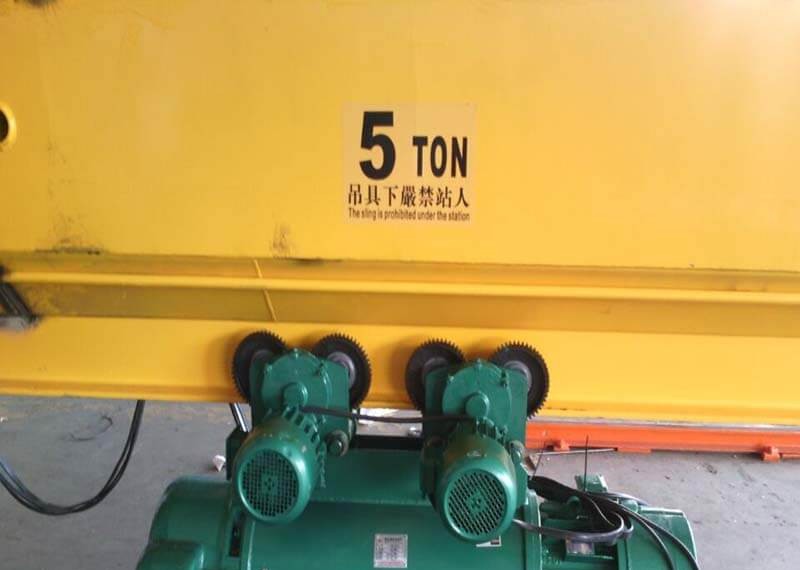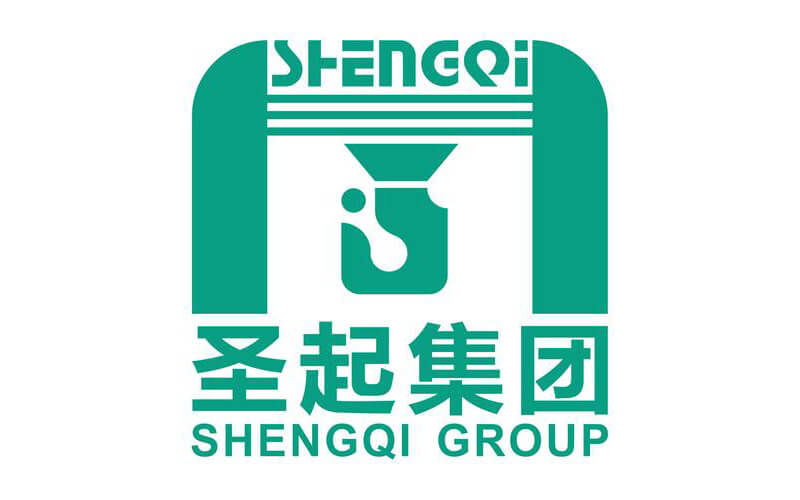
Common faults in the electrical transmission of overhead cranes
(1) The motor overheats evenly during operation
①The continuous rate of electric motor connection does not match the actual working type of the mechanism, and it generates heat due to overloading. The motor should be replaced with the type of actual work.
②The power supply voltage is running under low conditions. When the voltage is low, stop working to prevent burning of the motor or accidents.
③There is blockage and poor transmission in the mechanical transmission system, and the increase of resistance will cause the motor to heat up. Check the mechanical transmission system and eliminate the problem of poor transmission such as misalignment.
(2) The motor vibrates during operation
①The motor shaft is not concentric with the reducer shaft. Adjust the concentricity of the motor and the reducer to make it reach the technical standard, and the additional resistance of the transmission will naturally disappear.
②The motor bearing is damaged, which causes the motor axis to tilt and increase the running resistance. Disassemble the motor and replace with new bearings.
③The motor rotor is deformed, and when it comes into contact with the stator in severe cases, the phenomenon of "sweeping the bore" will occur, which will cause the motor to heat up and vibrate. Disassemble and inspect the motor, straighten the rotor or replace the motor rotor.
(3) The controller is stuck during the turning process
①The contact is in poor contact, and the contact is welded due to fire. File the contact surface with a fine file to make sure the contact is in good contact.
②The positioning mechanism of the controller is malfunctioning. Check and repair the positioning mechanism to turn the slider.
(4) The controller contacts are severely ablated
① The moving and static contacts are not in full contact, and the contacts are often burnt when opening and closing. Trim the contacts and adjust the pressure between the contacts to make good contact.
②The capacity of the controller is not enough, caused by overload. Usually, the controller with a larger capacity should be replaced.
③There is a short circuit between the phases, and the strong short-circuit current will ablate the contacts. Check the circuit with a multimeter, find out the short-circuit fault point and eliminate it.
(5) AC contactor coil generates high heat
① The coil is overloaded. It can be solved by reducing the pressure of the moving contact.
②When the pole faces of the moving and static iron cores are closed, the contact is poor, and there is a gap, which causes the coil to overload and generate heat. Eliminate the factors that cause gaps on the pole surface, such as bending, jamming, or dirt on the pole surface.
(6) The sound of the contactor is too loud when working
① The contactor coil is overloaded.
②The pole faces of the moving and static magnets are dirty.
③ The relative position of the static and moving magnets is misaligned and the magnetic circuit is blocked. Adjust the position of the moving and static iron cores to make the magnetic circuit unblocked.
④The rotating part of the moving magnet is jammed. Not flexible when turning. Lubricate the rotating parts (pin shafts and holes) of the magnet to eliminate additional resistance and make it flexible.
(7) The slow closing action of the contactor is generally caused by the excessively large distance between the pole faces of the moving and static iron cores. It can be solved by adjusting the distance between the polar faces.


